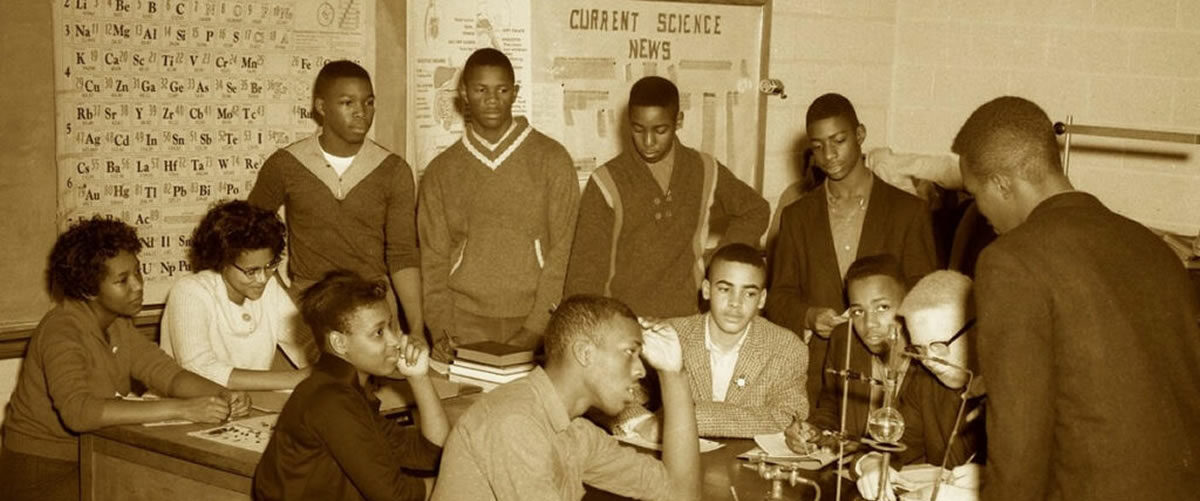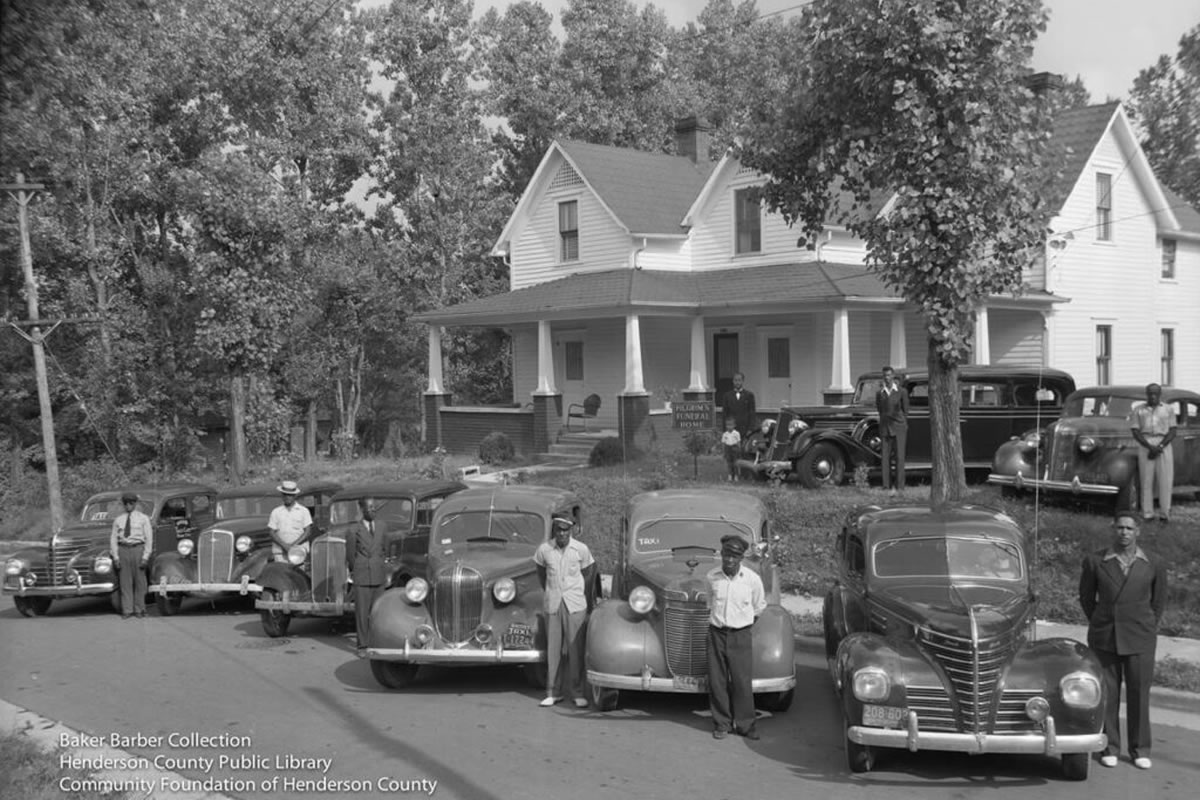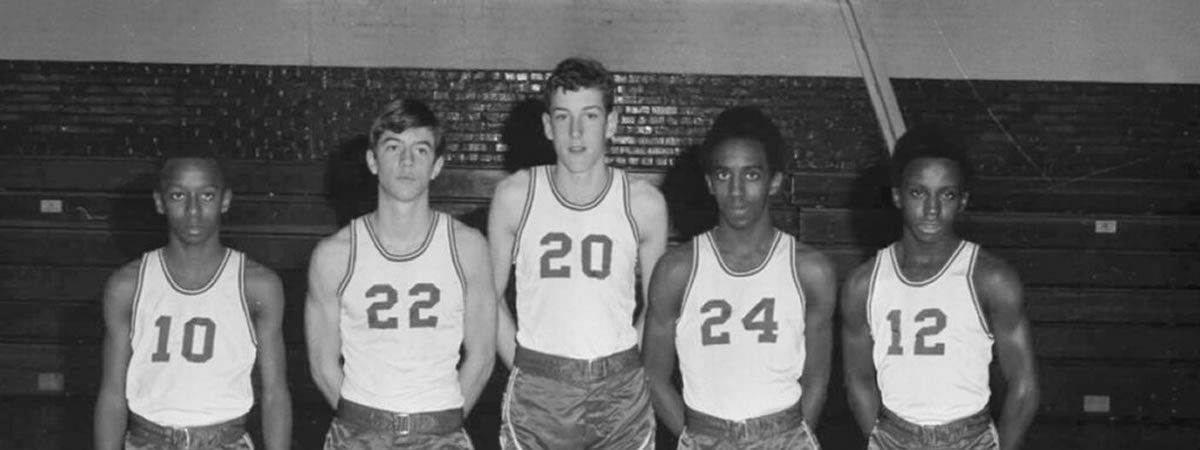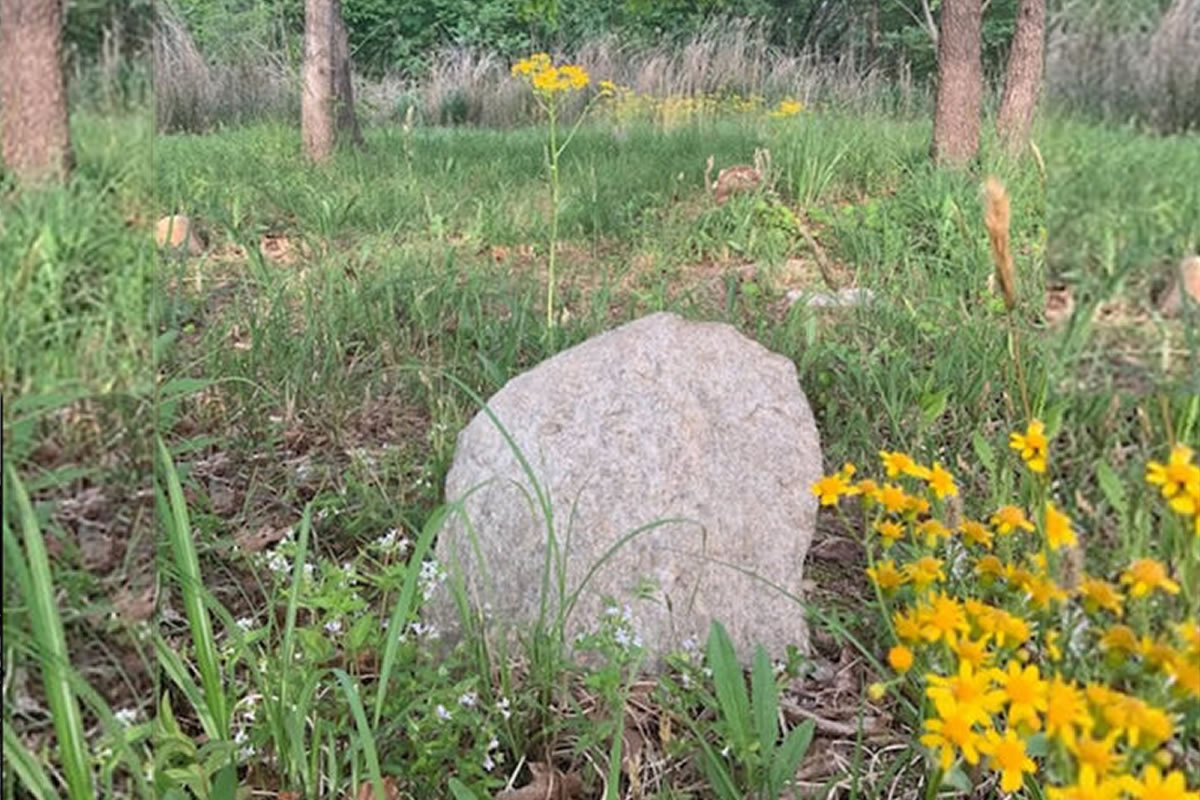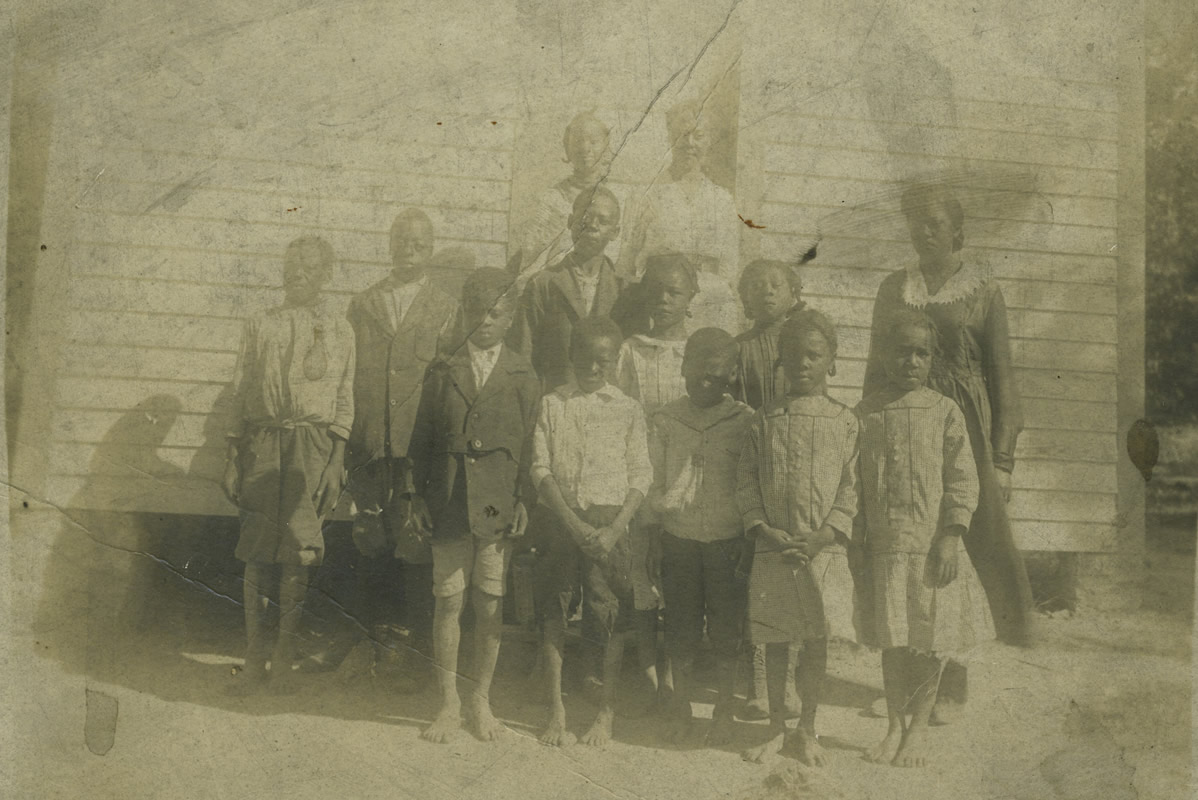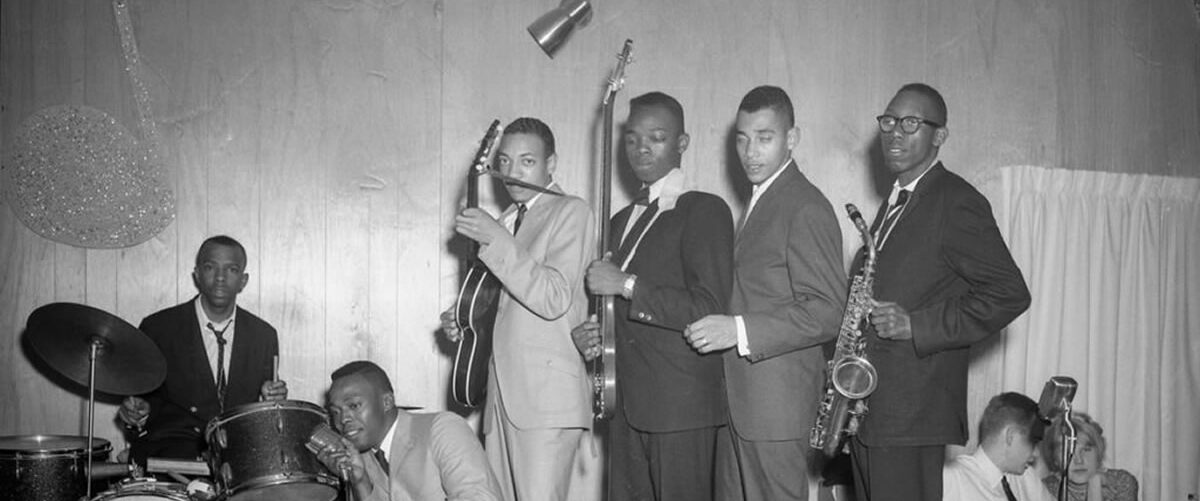St. Paul Tabernacle A.M.E. Zion Church – Brief History
Shaw’s Creek A.M.E. Zion Church had begun in 1865 when a group of people from Horseshoe, N.C., persevered in their desire to worship in a church of their own. As time went on some of the members of Shaw’s Creek moved into Hendersonville to find work and as they did it became harder to attend Sunday worship in Horseshoe, ten or so miles away. Transportation by mule or buggy over the rough roads that led back to the church was difficult at best and next to impossible in bad weather. So in 1872 it was decided that a new congregation of Methodists should be organized in Hendersonville. Some of the Black members of the White First Methodist Church in Hendersonville were also looking for a new church, so they banded together to become the first members of St. Paul Tabernacle. At that time this emerging congregation had no church building in which to worship so they would alternate worshiping one Sunday at the Sixth Avenue School and then the next Sunday at the Star of Bethel Missionary Baptist Church. Regardless of the inconvenience, the congregation was said to be filled with much gladness. The happiness that was expressed in their worship was explained by an early member as “excelling heights of joy and gladness, (we) prayed and shouted all day long.”
As the group continued to worship together, they began plans to build their own church building. In 1880 they purchased property on the north bank of Shaw’s Creek Road (presently, Sixth Avenue and Fleming Street) for the sum of forty dollars, and with this purchase St. Paul A.M.E. Zion Church was founded. T he deed to the property states that the land was sold to Mother Fowler and Elias Bradley, Trustees for the African Zion Methodist Church. When the First Methodist Church of Hendersonville 35 built a new church, St. Paul bought the used materials and had them moved to their new site. A house adjacent to the church property was also purchased and used primarily for Sunday School classrooms and church activities. Abe and Margaret Summey (known as Aunt Margaret), both charter members of St. Paul, bought the pews for the church, and the dream that had been birthed at the Shaw’s Creek Church was now a reality.
The town of Hendersonville continued to grow, eventually surrounding St. Paul Tabernacle with hotels and boarding houses that catered to the expanding tourist trade. It was noted that “some dissension was voiced because of our high emotions and late-night services. This proved to be a blessing. The present site was chosen, giving others of our race an opportunity to build and create a community on the main thoroughfare.” With this change a new church and parsonage were completed in 1921. The Bishop of the Blue Ridge Conference, Bishop Benjamin G. Hall, presided over the mortgage burning in 1944. With this ceremonial event the name of the church was changed from St. Paul to St. Paul Tabernacle A.M.E. Zion due to the fact that there was another St. Paul A.M.E. Church in the area.
There were many capable ministers who served the people of St. Paul, but two stand out for their unique qualities. The Rev. William J. Jones was known for his habit of walking through the community adding his human touch wherever he went. He became known as the “walking minister” and it seemed that no one was a stranger to Rev. Jones. I t was often said that “unless a member had moved overnight, Rev. Jones could tell you exactly where he lived.”
Rev. H. L. Marsh, too, extended his pastorate throughout Hendersonville. He served on the Hendersonville School Board and served on a number of community organizations. He was instrumental on the Community Council always giving voice to the needs of the Black community in Henderson County. The members of St. Paul Tabernacle A.M.E. Zion Church sum up their ministry this way: “Whenever a task was to be done, that involved blood, sweat, and tears, the answer was, ‘we will master it.’ When they saw a soul to be saved, men to be redeemed from passion, strife, and death and a voice asking, ‘who will go?’ their answer was, ‘we will’.”
From A Brief History of the Black Presence in Henderson County by Gary Franklin Green

